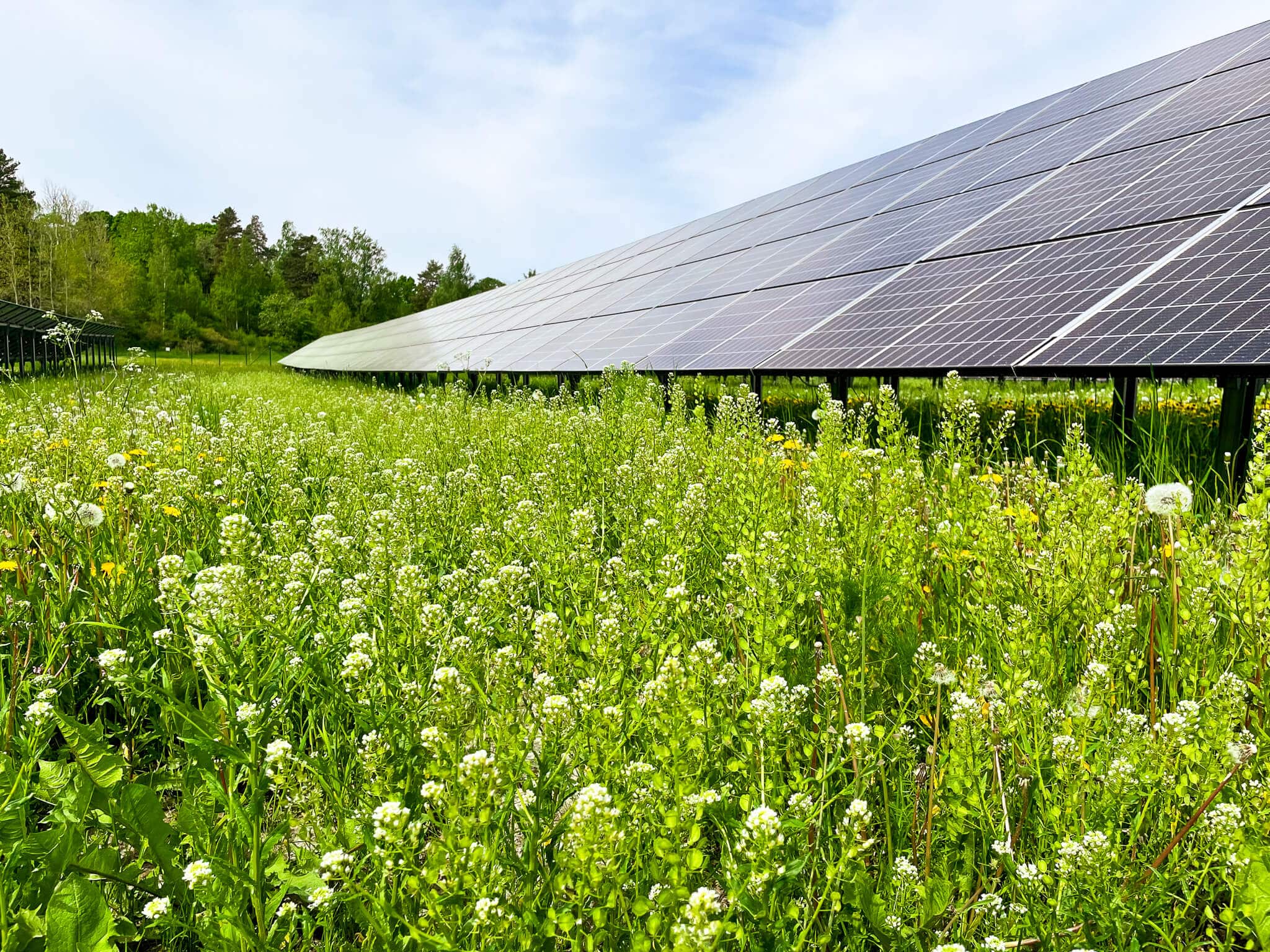On June 21, 2022, the government presented several initiatives to solve the ongoing energy crisis, with solar energy playing a significant role in the solution. The initiatives are largely based on the proposal presented by the European Commission in late May, called REPowerEU, which aims to phase out dependence on Russian fossil fuels and oil and rapidly accelerate the transition to green energy. EnergiEngagemang is very positive about the investigations the government is now conducting, but sees that a very important aspect has been missed from the Swedish side, namely the potential of large-scale solar energy.
Earlier in June, the Government presented a power package with the aim of ensuring that Sweden has plenty of electricity at a good price available for both households and businesses in the coming years. The power package includes proposals on solar, wind and hydropower, cogeneration, district heating and nuclear power. This is a good thing. However, EnergiEngagemang believes that the potential of how quickly large-scale solar power could contribute to the expansion of new electricity production has been overlooked. In Europe, ground-based solar parks account for more than 50% of the installed capacity, in Sweden the corresponding figure is only 8%.
EU Green Energy Directive
When the European Commission presented REPowerEU at the end of May, it developed a specific solar strategy to accelerate the construction of solar energy on both roofs and the ground. The reason the EU sees solar energy as a key part of the energy transition is that it is the fastest and cheapest to deploy. The EU sees great potential in putting solar cells on roofs, but also wants to accelerate large-scale production in the form of solar parks. This includes simplifying the decision-making processes of both authorities and network operators.
Here we lack a clear position from Sweden. When will the government’s directive for simplified decision-making processes for large-scale solar energy in Sweden?
The EU has a target of 45% renewable energy, which it plans to achieve by increasing the production of solar and wind energy. As early as 2025, the aim is to double the capacity from solar power to 230 GW and then reach 600 GW of solar power by 2030.
Ground-based solar parks can be built faster than any other power source. In 12-18 months, a solar farm can be installed and connected to the grid. Parks can be located close to consumption and in areas of greatest need, reducing the burden on the grid. 3-4 large solar parks, each producing 300 GWh per year, can generate electricity equivalent to the annual consumption of a city the size of Lund.
Land is not something we have a shortage of in Sweden and the sun already provides us every hour with all the energy humanity consumes in a year. With clearer directives for simpler and faster decision-making processes at municipalities and county councils, combined with more efficient handling of pre-notifications at the grid companies, we will have by far the fastest and cheapest way to create local green energy.
There are many landowners who are interested in leasing out their land and thus creating a supplementary income for agriculture, which in turn creates a long-term perspective for future generations.
Industry, in turn, is looking for long-term low electricity prices and is ready to buy the electricity that solar parks will generate. The only thing that currently stands in the way of this becoming a reality is a lengthy bureaucracy that the government has the ability to remove if the political will is there.
This time of year, Sweden has a lot of sunshine hours. Sunshine hours that go hand in hand with the time of day when Sweden consumes the most energy during the day. There is generally less wind in the summer and hydropower can store water in reservoirs until the fall. This is an opportunity we want to seize. Why doesn’t the government want this?

